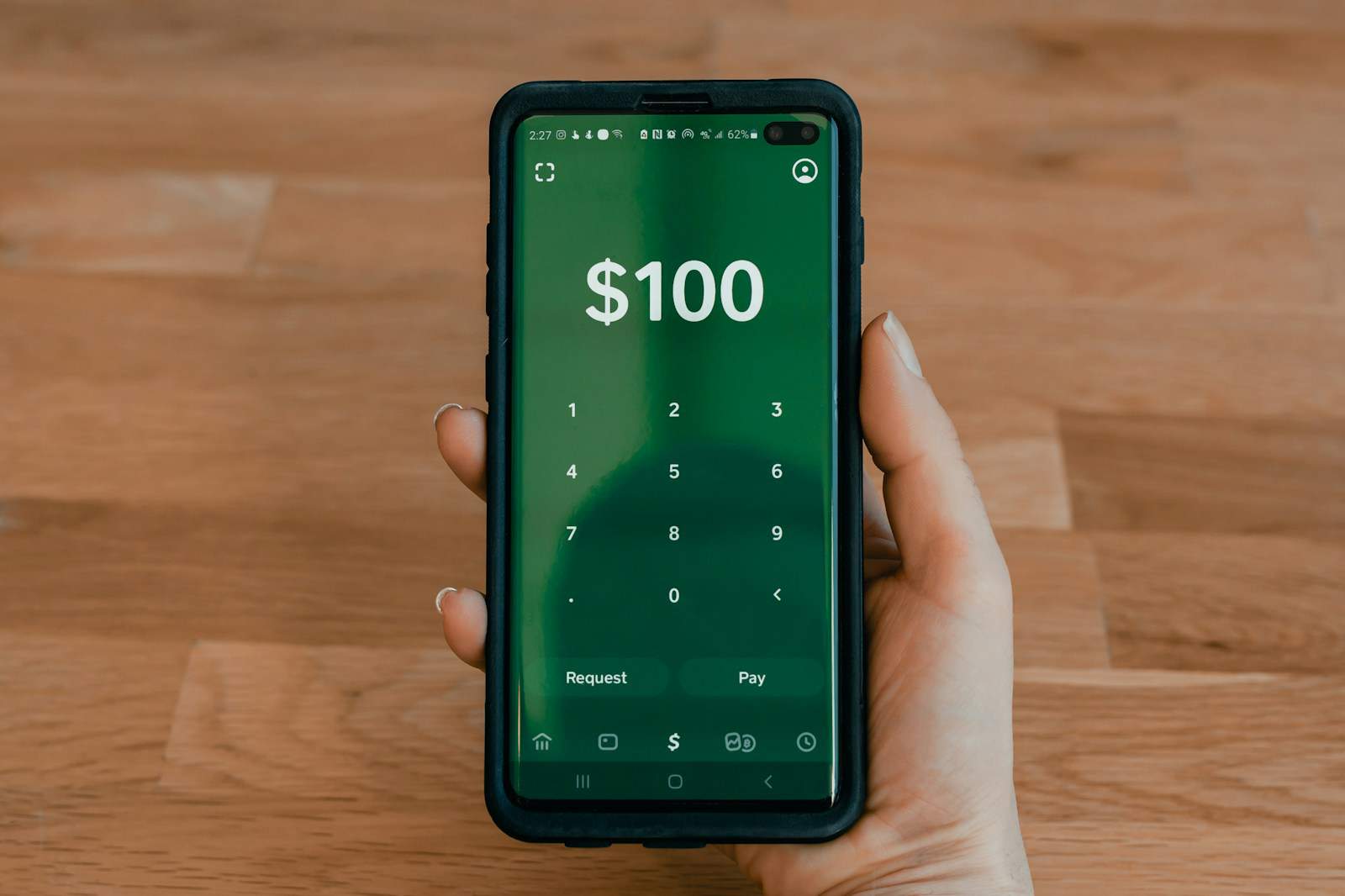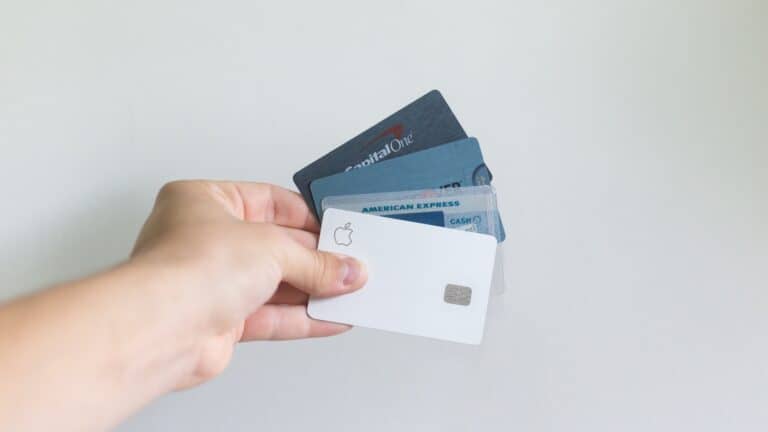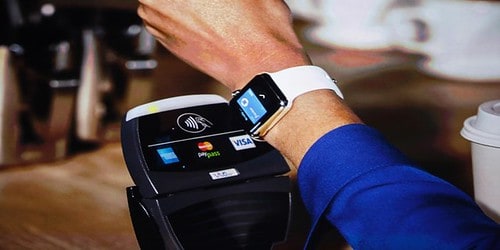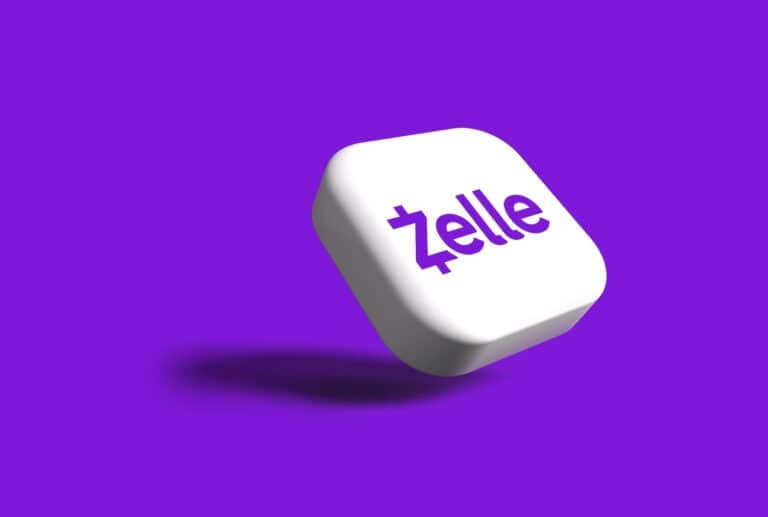Cash App simplifies sending and storing money, offering a platform suited for quick transactions via a mobile device.
1. Add Money from a Linked Bank Account
Best for: Free, instant transfers from your own funds.
Steps:
- Open Cash App.
- Tap your balance or the “Money” tab (bottom left).
- Select “Add Cash.”
- Enter the amount you want to add.
- Tap “Add.”
- Confirm using your PIN or Touch ID.
✅ Funds availability: Usually instant.
💰 Fees: None for standard transfers.
💳 2. Add Money Using a Debit Card
Best for: Fast reloads from your debit card.
Steps:
- Link your debit card under Profile → Linked Banks → Add Debit Card.
- Go to “Add Cash.”
- Choose your amount and confirm.
✅ Funds availability: Instant.
💰 Fees: None (as long as you’re using your own debit card).
🏪 3. Add Cash at Stores (Retail Loading)
Best for: Loading physical cash onto your Cash App Card.
You can add cash at participating stores such as:
- Walmart
- Walgreens
- 7-Eleven
- CVS
- Family Dollar
- Rite Aid
Steps:
- In Cash App, tap “Money” → “Paper Money.”
- You’ll get a barcode.
- Show it to the cashier and hand over your cash.
- The cashier will scan the barcode and load the funds.
✅ Funds availability: Instantly after scanning.
💰 Fees: Usually $1–$4 depending on the store.
💵 Limits: Up to $500 per load, $1,000 per 7 days, and $4,000 per 30 days (source: wikiHow).
💼 4. Receive Direct Deposits
Best for: Automatically adding paychecks or government benefits.
Steps:
- Tap “Money” → “Direct Deposit.”
- Copy your Cash App routing and account number.
- Provide these to your employer or benefits provider.
✅ Funds availability: When your employer sends them (often up to 2 days early).
💰 Fees: None.
🔁 5. Receive Transfers from Friends or Family
Best for: Quick peer-to-peer transfers.
- Ask the sender to use your $Cashtag, phone number, or email.
- Once received, the funds appear in your Cash App balance instantly.
✅ Funds availability: Instant.
💰 Fees: None.
⚙️ Tips for Safe & Efficient Transfers
- Verify your linked bank account before transferring large amounts.
- Avoid using credit cards to add money — they incur a 3% fee.
- Check your limits under Settings → Limits if a transfer fails.
- Always confirm store barcodes before handing over cash.
🧾 Summary Table
| Method | Speed | Fees | Best For |
|---|---|---|---|
| Bank Transfer | Instant | Free | Regular reloads |
| Debit Card | Instant | Free | Quick top-ups |
| Cash Deposit (Stores) | Instant | $1–$4 | Cash-only users |
| Direct Deposit | Scheduled | Free | Payroll deposits |
| Friend Transfers | Instant | Free | Peer payments |
Sources:
- Cash App Help – Add Money
- wikiHow: Add Money to Cash App Card in Stores
- Of Zen and Computing – Add Money to Cash App 2025
- Michael Ryan Money – Load Your Cash App Card for Free
How to Add Money to Cash App
| Method | Steps |
|---|---|
| From your bank account | 1. Open the Cash App and tap the Banking tab (the icon that looks like a bank building). 2. Tap Add Cash. 3. Enter the amount of money you want to add and tap Add. 4. Choose your bank account from the list or tap Add a new bank. 5. Enter your bank account information and tap Continue. 6. Verify your bank account information and tap Add Bank. 7. Your bank may ask you to verify your identity. Follow the instructions on your screen. 8. Once your bank account is verified, the money will be added to your Cash App balance. |
| From your debit card | 1. Open the Cash App and tap the Banking tab. 2. Tap Add Cash. 3. Enter the amount of money you want to add and tap Add. 4. Select Debit Card. 5. Enter your debit card information and tap Add Card. 6. Your bank may ask you to verify your identity. Follow the instructions on your screen. 7. Once your debit card is verified, the money will be added to your Cash App balance. |
| From a Bitcoin wallet | 1. Open the Cash App and tap the Bitcoin tab. 2. Tap the Receive button. 3. Your Cash App Bitcoin address will be displayed. 4. Open your Bitcoin wallet and send the amount of Bitcoin you want to add to your Cash App Bitcoin address. 5. The Bitcoin will be added to your Cash App balance once it is confirmed on the blockchain. |
| From a cash deposit | 1. Open the Cash App and tap the Banking tab. 2. Tap Add Cash. 3. Tap Deposit at a store. 4. Enter the amount of money you want to deposit and tap Continue. 5. A barcode will be displayed on your screen. 6. Take the barcode to a participating retail store (such as a Walgreens or CVS) and show it to the cashier. 7. The cashier will scan the barcode and give you a receipt. 8. The money will be added to your Cash App balance within 1-3 business days. |
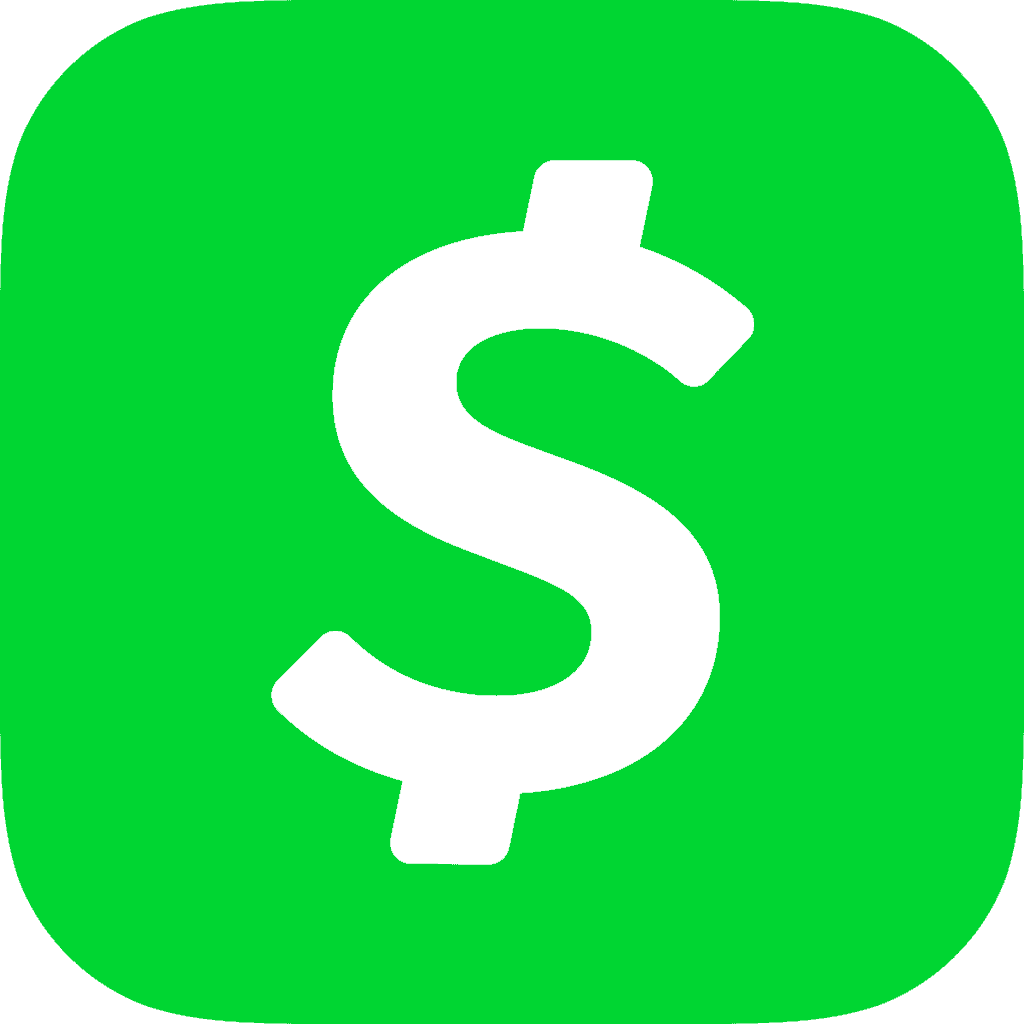
Additional Notes:
- There is a fee of 1.5% to add money to your Cash App balance from a debit card.
- There is no fee to add money from your bank account or Bitcoin wallet.
- The maximum amount of money you can add to your Cash App balance in a week is $25,000.
Understanding Cash App
What Is Cash App
Cash App is a user-friendly mobile payment service that allows individuals to transfer money to one another using a mobile app. The service is designed to operate seamlessly on both iOS and Android platforms, making it accessible to a wide range of users. Users can send money using a recipient’s email, phone number, or unique $Cashtag.
Creating an Account
To get started with Cash App, one needs to download the app, and then proceed to create an account. Account creation requires the following steps:
- Open the Cash App on your mobile device.
- Enter your email address or phone number.
- A verification code will be sent to the chosen method; enter this code in the app.
- Choose a unique $Cashtag, which acts as your personal identifier within the app.
- Link your bank account to fund your transactions and add money to your Cash App balance.
It’s important to remember that during sign-up, creating a secure PIN or enabling Touch ID will add an extra layer of security to your transactions.
Security Features
Cash App incorporates several security features to protect its users’ data and funds:
- PIN Code: Users can secure their transactions and app access with a personal identification number.
- Touch ID and Face ID: For additional security, users can enable biometric authentication.
- Encryption: All data sent and received is encrypted for safety.
These security measures work together to ensure that a user’s balance and transaction data stay protected at all times.
Adding Money to Your Cash App
Adding funds to your Cash App is a simple process, whether you choose to link a bank account, use a debit card, or set up direct deposit. Each method ensures that your Cash App balance is ready to use when you need it.
Linking a Bank Account
To add cash to your Cash App via a bank account, first, make sure your bank account is linked. Here’s how:
- Open Cash App and go to the Money tab.
- Select Add Cash.
- Choose the amount to add.
- Confirm the transaction with Touch ID or PIN.
A linked bank account allows for easy transfers without any fee. It’s necessary to have your routing and account numbers handy when setting this up.
Using a Debit Card
You can also link a debit card, including Visa, MasterCard, American Express, or Discover cards, to your Cash App for immediate funds addition:
- Tap the Profile icon on your Cash App home screen.
- Choose Add Bank and enter your card details.
- Return to the Money tab to add funds.
Linking a debit card enables instant additions to your Cash App balance. Usually, this method is fee-free but always confirm with your card issuer for any associated charges.
Setting Up Direct Deposit
For recurring additions to your Cash App, direct deposit is a convenient option:
- Go to the Banking tab on your home screen.
- Find your Account & Routing number.
- Provide this information to your employer.
Direct deposits typically have no fee, and funds appear in your Cash App balance as soon as they are sent by the employer. This method can also be used for government stimulus payments and tax refunds.
Deposit Methods
When you need to replenish your Cash App balance, there are a couple of straightforward methods to consider. Whether you’re out shopping or sitting comfortably at home, adding money to your Cash App is made convenient with the following options.
Retailer Locations
For Cash App users preferring to deposit cash physically, various retailers across the country provide this service. Participating locations where you can add money to your Cash App card include well-known stores such as Walmart, Walgreens, 7-Eleven, Rite Aid, Dollar General, and Family Dollar. To make a deposit at any of these stores, simply:
- Go to the cashier.
- Share that you want to load money onto your Cash Card.
- Present the barcode from your Cash App to deposit the funds.
The process is quite straightforward with assistance readily available at the store if you need it.
Loading Cash
If you carry paper money and wish to add it directly to your Cash App, you can do so by visiting any of the aforementioned retailers. It usually involves a small fee, and the added funds are immediately available for use. Here’s a quick rundown:
- Fee: A flat rate, usually around $1, is charged per transaction.
- Immediate Availability: Once the cash is loaded, it’s instantly ready to spend from your Cash Card.
Remember, your phone, with the Cash App installed, is required during the deposit at the retailer to access your barcode for the transaction. Whether you use Android or iPhone, the app makes it simple to generate the barcode you need to complete the deposit.
Using Cash App Features
Cash App offers a straightforward way for users to manage transactions such as sending and receiving money, accessing cash out options, and getting support.
Sending and Receiving Money
To send money on Cash App, users simply enter the recipient’s $Cashtag, phone number, or email and the amount to transfer. The process for receiving money is just as easy; users can accept payments with their unique $Cashtag or provide their linked phone number or email to the sender.
Cash Out Options
Cashing out refers to moving money from the Cash App balance to a bank account. Users tap the ‘Cash Out’ button, choose an amount, and select the speed of the transfer, which can be instant for a small fee or standard, which takes a couple of days but is free of charge.
Cash App Support & Customer Service
For questions or problems, Cash App provides customer support through the app. Users can contact support for transaction issues or account-related queries. For more immediate concerns, Cash App has a phone number available, so users can speak directly to a customer service representative.
Cash App Card Usage
Cash App provides a convenient way to manage money digitally. The Cash App Card, a customizable debit card linked to your Cash App balance, allows for easy access to funds and payments across various locations.
Obtaining a Cash Card
To get a Cash Card, users must first have a Cash App account. Once logged in, they can order a card directly through the app. After providing the required information, and customizing the card if desired, Cash App will mail the card to the user’s address.
Adding Money to Cash App Card
Adding funds to the Cash Card is straightforward. Users can add money to their Cash App balance by:
- Tapping the “Banking” tab on the app’s home screen
- Selecting “Add Cash”
- Choosing the amount to add
- Confirming with Touch ID or a PIN
Where to Load Cash App Card
Users can load cash onto their Cash App Card at various retail locations. Participating stores include:
- Walmart
- Walgreens
- Dollar General
Simply visit the cash counter at these locations, and inform the cashier that you wish to load money onto your Cash App Card.
Additional Services and Fees
When adding money or using Cash App’s additional services, it’s important to understand the fees that may apply and the investment options available within the app.
Fee Structure
Cash App provides users with the ability to transfer money to others and withdraw funds with ease. Transferring money to other Cash App users is generally free, but there are fees associated with other types of transactions. For example, if a user chooses to send money via a linked credit card, Cash App charges a 3% fee. Attempts to instantly withdraw money from the app to a bank account incur a fee of 1.5%, though standard withdrawals, which take 1-3 business days, are free.
No fees are associated with the Cash Card, a Visa debit card that allows users to spend their Cash App balance at merchants and withdraw cash from ATMs. However, ATMs may have their own fees.
Investing Through Cash App
Cash App Investing LLC has introduced the option for users to invest in stocks, allowing them to buy, sell, and hold shares directly through the app. The process for investing is designed to be straightforward, without brokerage fees for stock transactions, making it accessible for new investors. Although investing through Cash App doesn’t require service fees, there are regulatory fees that apply to SEC and FINRA.
Users can start investing with as little as $1, purchasing fractional shares of stocks. Cash App Investing is a registered broker-dealer, member of FINRA and SIPC. This means the securities in accounts are protected up to $500,000.
By understanding the associated fees and investing services within Cash App, users can better manage their finances and potentially grow their wealth through the stock market.
Understanding Retail Partnerships
Cash App has teamed up with several retail stores, enabling users to add money to their accounts with ease. These partnerships provide convenient locations for Cash App users to deposit funds.
Partner Retailers and Locations
Several prominent retailers work in partnership with Cash App to support in-person cash deposits. Users can add money at various participating stores, including:
- Walmart
- Walgreens
- 7-Eleven
- Speedway
- Sheetz
- KwikTrip
- GoMart
- Thorntons
- HEB
Customers should look for the customer service desk or designated Cash App kiosk inside these stores to complete the transaction.
Barcode and Physical Money Transactions
To deposit paper money into a Cash App account at a retail location, a unique barcode must be used. Here’s how the process typically works:
- Generate a Barcode: Use the Cash App to produce a unique barcode linked to the user’s account.
- Show Barcode at Register: Visit a participating store and show the barcode to the cashier.
- Complete Transaction with Physical Money: Hand over the cash to the cashier, who will scan the barcode and add the funds to the Cash App account.
Digital Wallet Integration
Cash App allows users to integrate various digital wallet services to add funds with ease. This modern feature simplifies transactions and boosts the app’s convenience for daily financial activities.
Connecting with PayPal and Google Pay
Integrating PayPal with Cash App directly is not available as of now. However, funds can be transferred from PayPal to a linked bank account and then to Cash App. Steps for these transactions are typically found on your PayPal account’s website or app.
For Google Pay users, adding your Cash App Card to Google Wallet is quite straightforward:
- Open Cash App.
- Tap on the Cash Card icon.
- Select ‘Add to Google Pay’ if the option is available.
- Follow the on-screen prompts to complete the integration.
After linking, transferring money from Google Pay to Cash App becomes practically effortless, enabling users to move funds between the two platforms.
Compatibility with Apple Pay
Cash App users can also enjoy compatibility with Apple Pay, which makes adding funds from an iPhone or iPad simple:
- Open the Cash App.
- Select the Cash Card tab on your home screen.
- Choose ‘Add to Apple Pay.’
- Follow the instructions to link your Cash Card with Apple Pay.
Once your Cash Card is added to Apple Pay, users can manage their balance directly from their Apple devices. These methods establish a smooth connection between Cash App and other digital wallets for enhanced financial management.
Frequently Asked Questions
How can customers add money to their Cash App balance?
Customers can simply tap the “Money” tab on their Cash App home screen. They will see an option to “Add Cash”, where they can select the desired amount to add. After choosing the amount, they should tap “Add” and confirm the transaction either by using Touch ID or by entering their PIN.
Is it necessary to link a bank account to add funds?
Yes, to transfer money into Cash App, users must link an eligible bank account. This allows for the seamless movement of funds from their bank balance into their Cash App.
Can you add money from checks directly on Cash App?
As of the current update, users are able to deposit checks electronically by using the mobile check capture feature available in the Cash App.
What types of cards can be used with Cash App?
Cash App supports most major debit and credit cards, including ones from Visa, MasterCard, American Express, and Discover. However, ATM cards, Paypal, and business debit cards are not supported.
What should users do if they experience issues when adding funds?
They can contact Cash App customer service for assistance. It’s recommended to have account details handy to help resolve issues quickly.
How do users verify their identity on Cash App?
To verify their identity, users will need to provide personal information such as their full name, date of birth, and the last four digits of their Social Security number.
Is this service limited to the United States?
Currently, the Cash App is only available for users in the United States. Users must reside in the U.S. to create an account and perform transactions.
| Action | Instructions |
|---|---|
| Add Money | Tap “Money” then “Add Cash” |
| Add Funds from a Bank | Link a bank account, confirm bank details |
| Check Balance | View on Cash App dashboard |
| Contact Support | Use in-app help or official website |
Remember, users should always ensure that their Cash App has the latest updates applied to access all new features and security updates.
Frequently Asked Questions
Adding money to Cash App is straightforward and can be done in multiple ways depending on user preference and resource availability.
What steps do I need to take to transfer money from my bank account to Cash App instantly?
To quickly move funds from a bank account to Cash App, open the Cash App on your device, tap the “Money” tab, select “Add Cash”, choose the amount, and confirm the transfer by entering your PIN or using Touch ID.
How do I load my Cash App card at participating retail stores?
You can top up your Cash App card at select retail outlets by going to the cashier, asking to put money onto your Cash App card, and then providing the cash amount you wish to load onto your card.
Can I deposit paper money directly into my Cash App account, and if so, how?
Yes, paper money can be deposited directly into your Cash App. Visit a participating retail location, share your unique barcode linked to your Cash App with the cashier, and hand over the cash you want to deposit.
What are my options for adding money to Cash App if I don’t have a debit card?
If you lack a debit card, you can still add money to Cash App by transferring funds from your bank account or by visiting a participating store where you can deposit cash directly into your Cash App balance.
Is it possible to add funds to my Cash App card using an ATM?
Currently, you cannot use an ATM to directly add funds to your Cash App card. ATMs are typically used for cash withdrawals.
What should I do if I encounter issues when trying to add cash to my Cash App?
If problems arise while adding cash to Cash App, check your internet connection first, then confirm your bank details are correct. If the issue persists, contact Cash App support for assistance.

